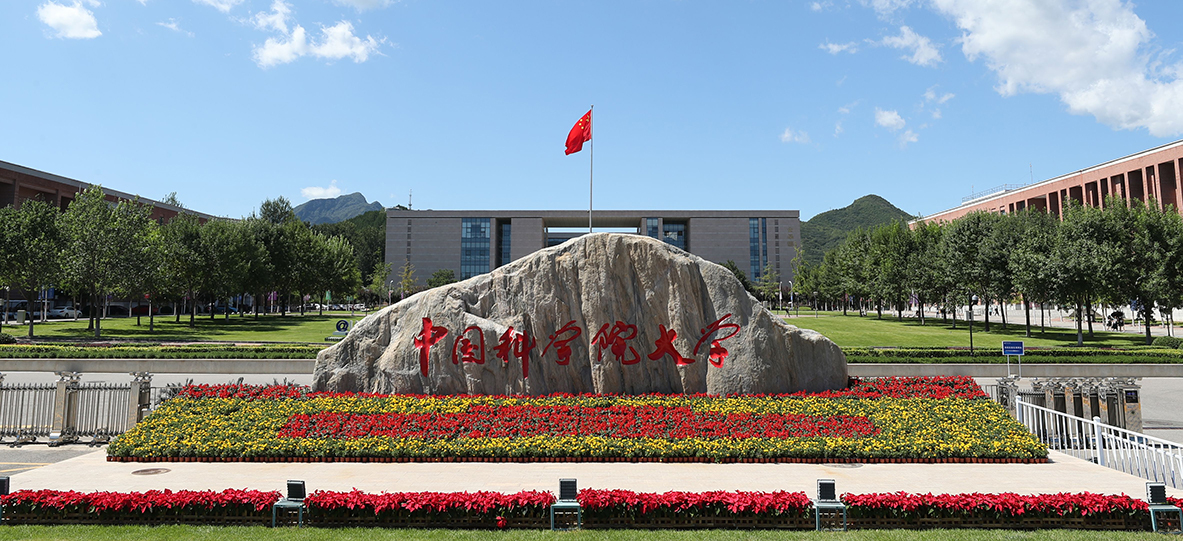Speaker
Description
Based on the Nambu-Jona-Lasinio (NJL) model, we develop a framework for calculating the spin alignment of vector mesons and applied it to study $\phi$ mesons in a magnetic field. We calculate mass spectra for $\phi$ mesons and observe mass splitting between the longitudinally polarized state and the transversely polarized state. The $\phi$ meson in a thermal equilibrium system is preferred to occupy the state with spin $\lambda=0$ than those with spin $\lambda=\pm1$, because the former state has smaller energy. As a consequence, we conclude that the spin alignment will be larger than 1/3 if one measures along the direction of the magnetic field, which is qualitatively consistent with the recent STAR data. Around the critical temperature $T_{C}=150$ MeV, the positive deviation from 1/3 is proportional to the square of the magnetic field strength, which agrees with the result from the non-relativistic coalescence model. Including the anomalous magnetic moments for quarks will modify the dynamical masses of quarks and thus influence the mass spectra and spin alignment of $\phi$ mesons. The discussion of spin alignment in the NJL model may help us better understand the formation of hadron's spin structure during the chiral phase transition.

